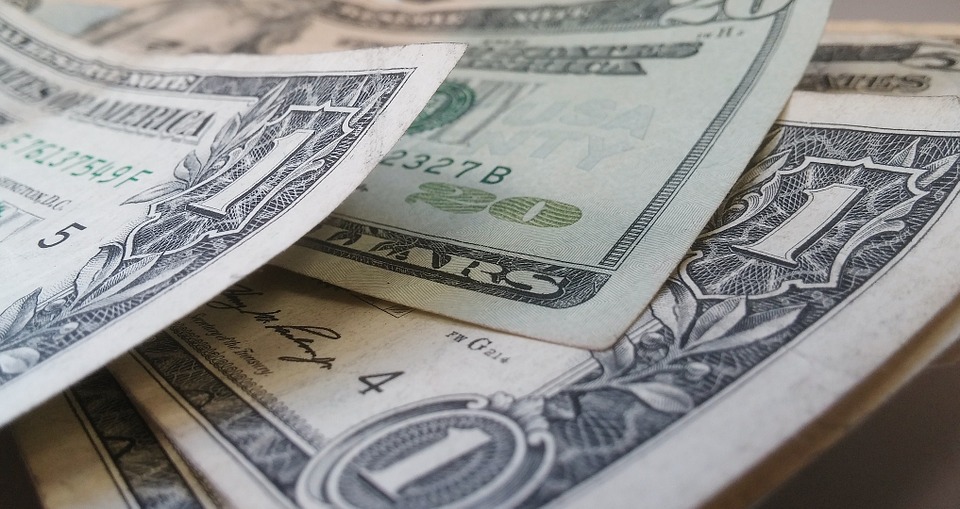
05 Apr 7 Experts on Why Solar Power is Becoming More Affordable
We’ve all seen the prices of solar power. Good news is that prices are dropping. But why?
Here is what 7 experts had to say:

Adrian Crisostomo
Adrian is the head of digital marketing of Solaric Philippines, one of the leaders for solar energy in the country. He has also worked for different non-government organizations dedicated for a clean environment.
Solar power is a renewable energy source for a reason, supply is never a problem as long as there is sun. Unlike other energy sources like fossil fuels, solar power is cheaper to process and requires much less effort to produce.
Aside from that, with the recent agreement of countries to put emphasis on reducing carbon emissions, solar power is getting a huge amount of support and companies are getting more funding from banks and local governments.. This makes prices less for consumers and solar panels more accessible to households and solar farms resulting to an increase of supply and a steady decrease in prices.
Kyle Kroeger
I’m the founder of Renewity, a community created for green living and renewable energy.

Sarah Hancock
Sarah Hancock is passionate about green living and sustainability. She frequently writes about renewable energy and manages the Solar blog at BestCompany.com.
The cost of a solar energy system is approximately 100 times cheaper today than it was in the 1970s, and this trend of decreasing costs shows no sign of slowing. Each year, it’s becoming more affordable to install solar panels. In fact, in 2016, solar officially became cheaper than traditional, carbon-based fuel sources in several countries.
Here are the main factors that are driving solar power costs down:
Cheaper, more efficient components
The cost of the materials used to build solar panels and inverters has dropped significantly due to increased demand, a more efficient global supply chain, and improved resource allocation for development.
Lower soft costs
In addition to hardware costs, solar panel installation also includes a number of soft costs, including transportation, marketing, permitting, inspection, transportation, and financing. These soft costs typically represent more than 50 percent of the cost of a solar energy system. Fortunately, the soft costs associated with solar power systems have been falling as well, which is contributing to a lower overall cost.
Tax incentives
Fossil fuel production has come under fire in recent years due to the negative environmental impact of carbon dioxide emissions. Solar panels are viewed as a feasible alternative energy source, so many legislators and organizations have worked make them more affordable and attainable through subsidization.
One example of this is the Solar Investment Tax Credit, which is offered by the federal government and provides a 30 percent credit to people who have a residential or commercial solar system installed.. This tax credit was recently extended out to 2021, though the amount decreases after 2019. In addition, some states also offer their own additional tax credits and incentives for those who choose to go solar.
Increased popularity
Solar panels have become increasingly popular over time; more than one million U.S. homes are currently being powered by solar energy, a recent poll found that 9 out of 10 adults are in favor of expanding solar power use, and job growth in the solar industry is outpacing the national average for employment growth by 20 times. Increased awareness and willingness to invest from consumers has helped solar expand into new markets and provided more capital for solar tech development and improvement.

Zaid Ashai
As Chairman and CEO, Zaid Ashai provides the vision and leadership to drive our continued growth and innovation. Before joining the management team, Zaid oversaw Nexamp as a General Partner at Point Judith Capital.
The solar industry is undergoing a transformation. Not only has the cost of solar technology dropped, but we’ve also evolved our business model. We now can build large scale community solar farms that can generate power for 100s of homes at a single location.
Homeowners can subscribe to these farms and reap the benefit of solar, including lower utility bills, without having to incur any of the costs associated with installing panels on your house. This distributed model for solar has become possible because of improved project economics that occur when you build at scale.
Our improved project economics allow us to pass a greater savings onto any residential customer who wants to participate. The objective with community solar is to make solar accessible to everyone. For example, in New York, the New York State Energy Research and Development Authority (NYSERDA) recently announced that nine community solar projects have been awarded contracts through the state’s “Solar For All” program, to provide access to community solar to 10,000 low-income New Yorkers.

Henry Goodelman
Working in personal development, professional coaching, business funding, and recycling, Henry Goodelman dedicates his career to supporting student and institutional success on college campuses. Pushing the envelope of sustainability and social entrepreneurship, an Aish HaTorah alumni, his work with ReJews Recycling and across the field of higher education distinguished him as one of the 2016 36 Under 36 in NYC.
The increased affordability of solar panels is a direct connection to the government’s recognition and support of the benefits from creating more renewable energy sources to help lessen the stress on the grid. As city, state, and federal government offices have created more and more incentives for homeowners to put solar panels on their roofs, more homeowners have gone solar.
With Orange Rockland, NYPSEG, and of course con ed tasked with holding the responsibility for processing and storing energy created from the panels, homeowners do not switch service providers but simply instead of giving their electricity companies as much money as they have in the past, they now give them electricity and far, far less money.
With property tax abatement benefits, state income tax credits, federal income tax credits, and guaranteed lower electricity bills, my and a few other solar programs cost the homeowner nothing and then save them thousands and thousands of dollars in their taxes and monthly bills immediately.

Alison Montgomery
My name is Alison Montgomery, and I am the Content Writer for Sunpro Solar. Sunpro Solar was ranked #11 in U.S. Solar Panel companies by Solar Power World in 2018. We install high-quality solar panels and micro-inverters throughout the Southeastern U.S.
There are several reasons why solar power is becoming more affordable.
More Demand Means More Supply
People are becoming increasingly interested in renewable energy such as solar power. Because of this, the solar industry is growing larger every day. Solar companies are offering more models of solar panels, and at better, competitive prices to keep up with demand. With all these choices, customers can get the perfect solar panels for their homes or business, and at much better prices.
Cost of Production
A big reason why they’re more affordable is because the technology needed to build solar panels is cheaper. Thanks to advancements in the solar industry such as increased efficiency, and improved use and creation of silicone, the overall costs of modules have dropped tremendously in the last decade alone.
Increased Efficiency
Solar panels today are very efficient at capturing energy and converting it to electricity. When solar panels were first invented, they were at just 4% efficiency. Today, solar panels are typically over 20% efficient, with more efficient models coming out frequently. Now with the high amounts of electricity that solar panels can produce, they can pay for themselves on average between 3-7 years. This makes solar panels a great investment, especially since reputable companies also offer warranties that last for at least 25 years.
Great Incentives
Aside from local and state incentives which may be available, the federal government is also offering an amazing incentive. The 30% federal solar tax credit is specifically designed to help people make the switch to solar energy. It allows those who qualify to receive 30% of the total cost of their solar panel system- including the installation costs- in tax credits. However, this tax credit will be reduced in 2020, 2021, and will be unavailable for residences by 2022. So those who are interested in the federal solar tax credit should take advantage of it soon.
Matthias Alleckna
Matthias Alleckna, an energy industry analyst at EnergyRates.ca a leading energy rate comparison website. We provide users with unbiased third-party reviews of electricity and natural gas retailers so they can choose the best options for them.
First, it’s important to note that solar power is becoming more affordable, but it is still expensive to install, especially for low-income families. There are at least three reasons why solar power is growing more accessible, especially in developed countries. Two of them are industry-specific and are related to certain changes in the solar energy industry, whereas one of them is associated with an old, yet still valid market rule: Demand.
As researchers learn more about new materials and techniques, solar power tends to get easier to use and even cheaper. Once consumers have more options, they increase their chances of finding affordable prices. Many consumers, however, have started using solar energy systems with governmental help. Whether incentives or rebates, it’s possible to see local and federal solar power incentives in many North American cities. Such initiatives don’t make solar power exactly cheaper, but they certainly make it more affordable for buyers, considering local governments can pay significant amounts as incentives, sometimes up to 50 percent.
The more people get aware of the eco-friendly and financial benefits of solar power, the more they are willing to purchase solar energy systems for their homes. As the share of solar-powered households grows, companies can produce more photovoltaic panels and make it more affordable, since it’s going to be both produced and consumed on a large scale. Once it gets cheaper to build them, more people get interested in selling such products. It’s a process based on competition and demand.



